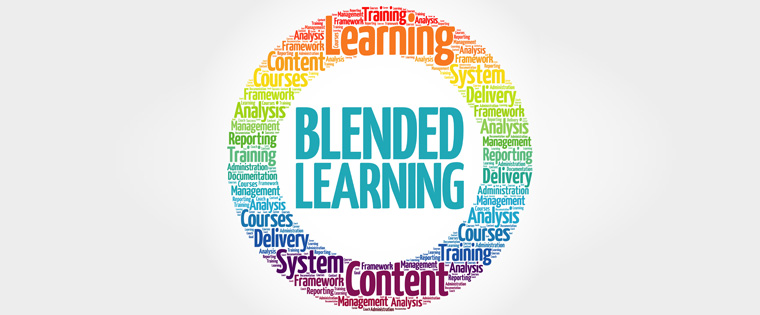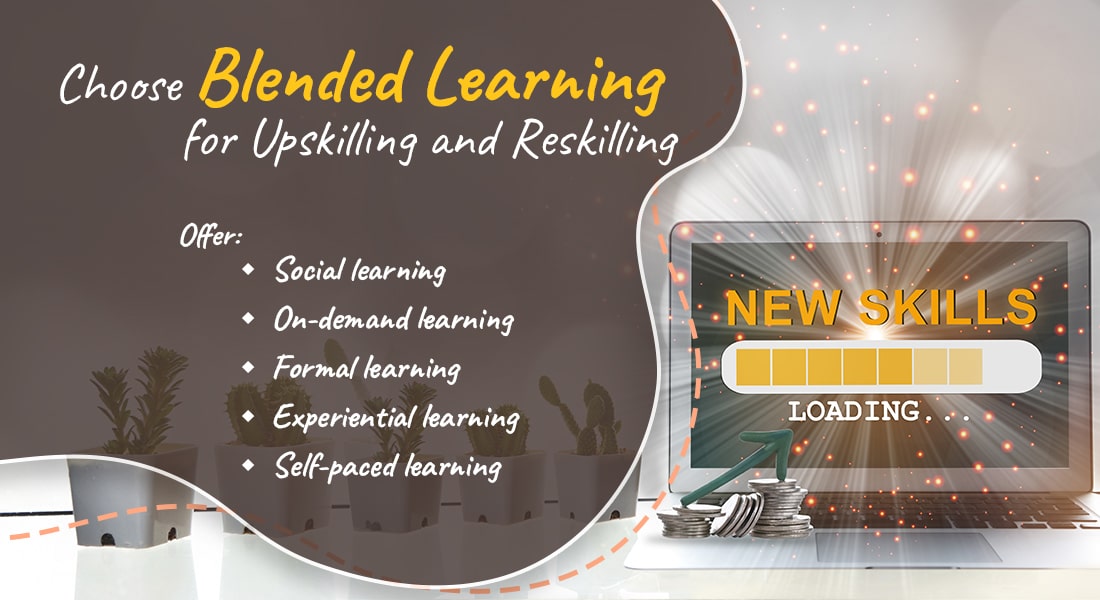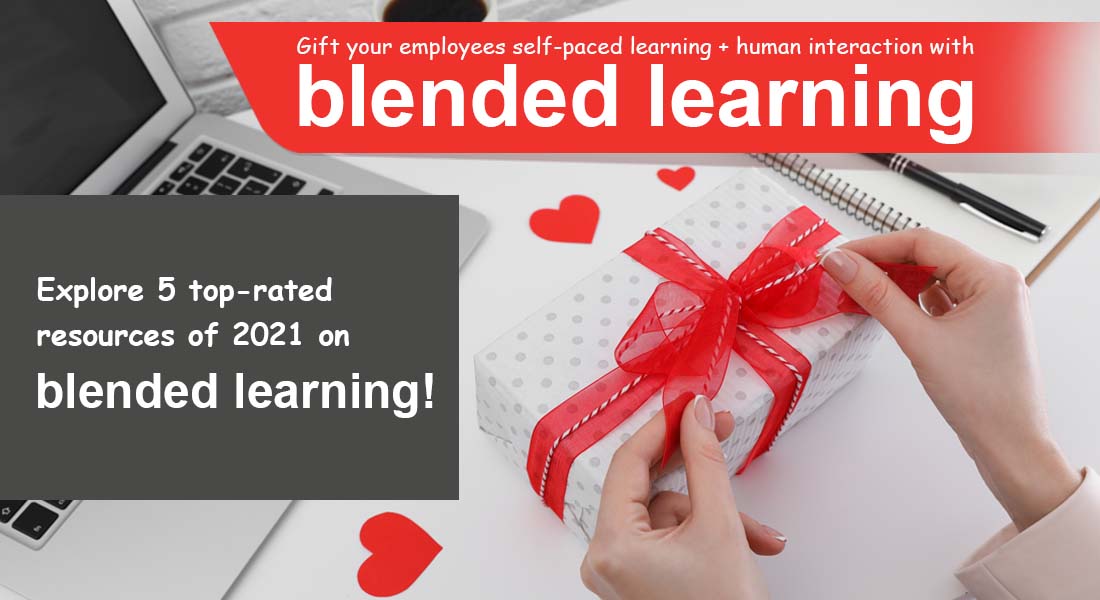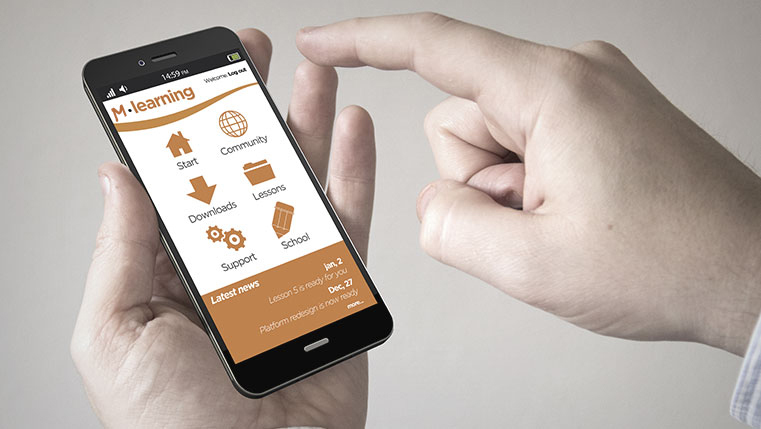5 Tips to Develop Blended Learning Programs

Blended learning is the combination of face-to-face and online learning. The synchronous learning strategy of the classroom is blended with the asynchronous mode of online learning to provide an ideal, enriching learning experience.
How do you develop an engaging blended learning course that offers the best of both worlds to your learners? How do you create a blended learning experience that is interactive and effective? Here are five tips to help you develop courses that will seamlessly blend these two learning approaches.
1. Clearly define the learning objectives of the training program
Like with every learning strategy, you first need to define the goals and objectives of the course, before you design the course content. Well-defined objectives will act as your guide when you are developing the course, and tell whether you are headed in the right direction.
The objectives of the course will cover both the online and face-to-face aspects of the course. Ponder on:
- What are the takeaways for learners after completing the course?
- Is the course intended to help them develop a specific skill?
- What are they expected to come away with, after they leave the classroom?
- What information must be included in the course syllabus?
- What are the instructional models or strategies that will be used to deliver learning?
Once you identify the objectives, you can define them and use them as the basis for designing instructional strategies, appropriate for both learning environments.
2. Have a clear syllabus and outline for the modules
When you create a blended learning program, it is important to have a clear syllabus and outline for each of the modules. You have to decide which modules will be delivered through classroom sessions and which will be through the online format.
Having a course outline and syllabus helps the learner stay on track during the course, especially when he has to learn independently in the online mode. For the facilitator, an outline helps him check whether the course is on track and ensure that the sequencing and transitioning between the online and face-to-face portions of the course is smooth.
An outline will help you determine whether the design is progressing at the right pace. When you create the syllabus and outline, ensure that it is has information on the learning objectives, mention the papers, tests, and presentations required from the learner. Specify the deadlines, requirements for participation, and attendance.
3. Determine the level of interactivity
With blended learning courses, you have the freedom to choose the level of interactivity and the overall experience of e-learning. As mentioned earlier, you have to determine how much of the learning will take place through online training and how much will take place through self-paced learning activities. This will determine the level of interactivity.
Interactivities in the classroom promote learning and student engagement, while online learning interactivities are used to teach difficult concepts and provide opportunities for self-assessment.
In blended learning, interactivities can integrate the learning that happens in online and face-to-face components, to help learners see the connection between both environments. For instance, introducing an online activity after a classroom session and then providing feedback about the activity in class, after it is completed will help learners integrate what they have learned in the two environments.
Interactivities you can choose for online learning include self-assessments, blogs, wikis, virtual field trips, virtual labs, case studies, simulations, problem-solving exercises, and concept mapping. Classroom interactivities include group discussions, case studies, problem-solving exercises, and learning by doing.
When choosing interactivities for blended learning, ensure that learners can make a connection between the two modes.
4. Include group collaboration activities
Group collaboration forms an important part of the blended learning strategy. When learners collaborate, it provides an opportunity for them to share knowledge and learn from their peers. While group collaboration happens quite naturally in the classroom setting, it is not so easy during online sessions and requires help in the form of discussion forums, learning groups, or chat rooms.
The online tools and applications used for online collaboration should facilitate continuity if the discussion is initiated in the classroom.
5. Have an assessment plan in place
You need to have an assessment strategy to measure your learners’ progress. For blended learning, you need to decide whether the assessment can be entirely or partly online. You can conduct an online quiz, have subjective tests in the class, or opt for online formative and summative assessments in the course.
You need to:
- Choose options that will best help you track the progress of learners
- Ensure assessments/quizzes help learners assess their achievements and areas of improvement
- Ensure results are measurable so that you will know the effectiveness of your blended learning strategy
Blended learning must be developed with a view to help the learner make the best use of both learning environments. Following these 5 tips will steer you in the right direction.





